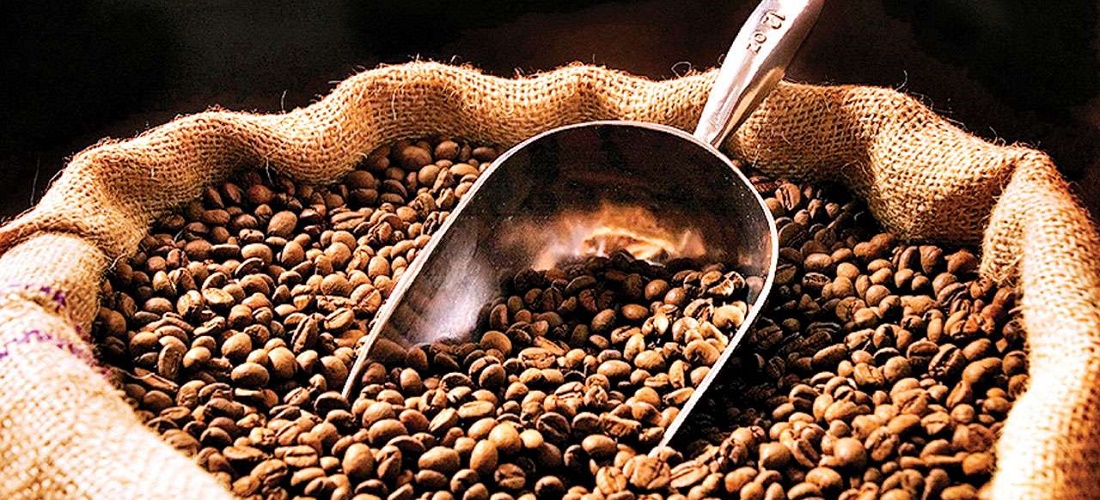
Weather, logistics to impact Brazilian coffee exports
Sep, 28, 2022 Posted by Sylvia SchandertWeek 202239
Estimates are for low output until the next coffee harvest in the region where the largest cooperative in Brazil, Cooxupé, operates. Experts in plant physiology and climate have argued the issues date back to the frosts of 2021 and through periods of drought in 2022.
In addition, Carlos Augusto Rodrigues de Melo, president of Cooxupé, said, “exports have been the villain in the history of coffee.” “The pandemic, if it brought trouble to coffee, was of a logistical nature, mainly maritime,” he reported in an interview.
Despite believing the cooperative could reach its goal of exporting 6.8 million bags of coffee in 2022, Melo explains shipments actually had a little boost from bags stored before 2021. “However, in terms of coffee shipments, the previous harvest predominates in the rise in exports in the following year. This year is unusual because, in 2021, we had a smaller harvest. And due to the weather, in 2022 again, but we already had stocks in the cooperative [to add to the 2021 coffee],” he explained.
The problem is with the use of inventories; the cooperative has no second option to fulfill its shipments. “In the first half of 2023, it may be early, but it is very close to having concerns of market shortage for shipments. There will not be [much coffee] from the 2022 crop and, consequently, smaller shipments. And concerning [logistic] disorders, I believe they will continue. In the first half of 2023, we will still have export shipments problems,” the president added.
Coffee bag prices
In addition to the weather, factors such as fuel and fertilizers have impacted the price of coffee bags on the market. On the subject, Melo is categorical: There is no way to know if it goes up or down, even in the short term. “As for the future, it is much undefined because we are coming out of two low harvests. The world has very similar production and demand. Consumption continues to grow, even with changes in habits during the pandemic, expanding in the area, especially Asia, not just China, but also others like South Korea,” he said.
See below the track record of the volume of coffee (HS 0900, HS 0901) exported by Brazil from January 2021 to July 2022. Data are from DataLiner.
Brazilian coffee exports | January 2021 – July 2022 | WTMT
Source: DataLiner (click here to request a demo)
Long-term impacts
At the 4th Coffee and Climate Forum held by Cooxupé this Tuesday (27), experts discussed climate and the current scenario of coffee plantations. According to Éder Ribeiro dos Santos, coordinator of the Department of Geoprocessing at Cooxupé, the crops of the 2021 harvest were very stressed when heavy frosts hit a large part of regions such as the South of Minas Gerais state. “What’s different about this year? We have already come from a low output, but it is difficult to measure the stock. This will make all the difference in flowering and ripening,” he said.
To know what the 2023 harvest would be like, there are some points of attention for Santos. Among them were the long period of drought during the last two crop years, the higher temperature variation on the same day, and the water deficit in 2022, which was as intense as in 2021.
In this sense, Cláudio Pagotto Ronchi, professor at the Federal University of Viçosa (UFV), recalled coffee trees have suffered in recent years. Frosts forced many producers to do intense pruning of the plants. As a result, many of them were skeletonized, which is when the branches are removed, or slashed, a technique that leaves only the lowest part of the trunk or even uprooted. “The crops that were removed, slashed, or skeletonized last year did not yield coffee this year. Maybe they will give a little bit next year or only in 2024,” pointed out Ronchi.
Regarding the weather next year, Marco Antônio dos Santos, an agronomist, agrometeorologist, and founding partner of Rural Clima, brought good prospects. “In the summer, we could have big spikes of high temperature because there will be no more La Niña. But, in general, what we see ahead is a much better condition than in previous years, similar to 2019 and 2020,” pointed out the agrometeorologist.
-
Economy
Dec, 21, 2023
0
Milei announces decree to deregulate economy and boost exports in Argentina
-
Meat
Aug, 18, 2023
0
Brazil’s BRF sustains lead on halal exports to Gulf region
-
Trade Regulations
May, 08, 2023
0
Cooperation Agreement to boost trade between Brazil and UAE approved
-
Ports and Terminals
Nov, 09, 2023
0
Wilson Sons Records Transshipment Growth in at Tecon Rio Grande


